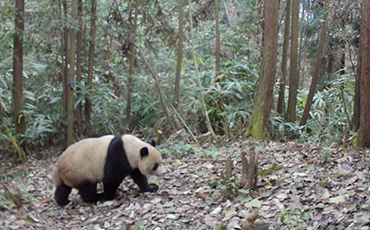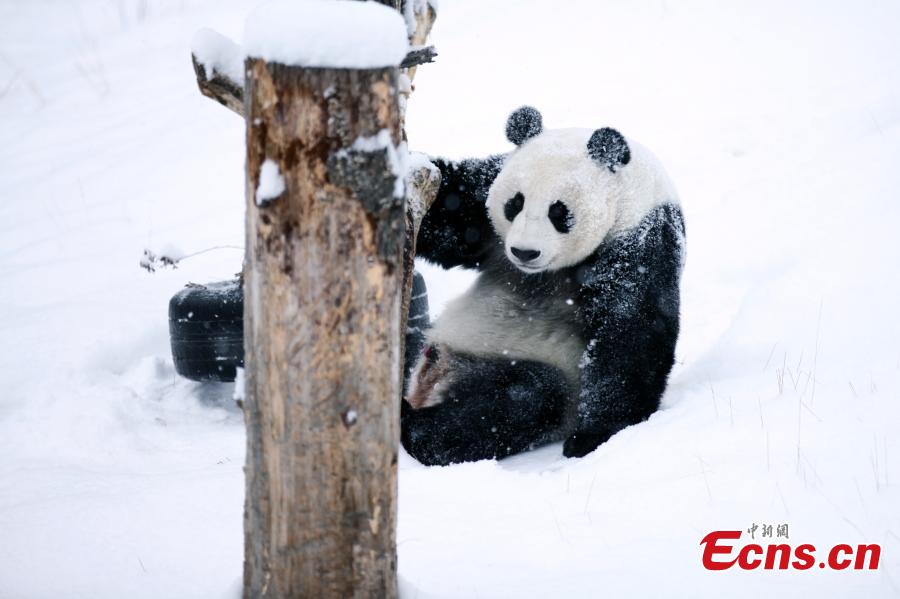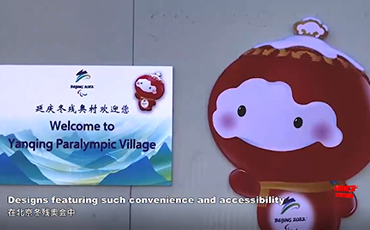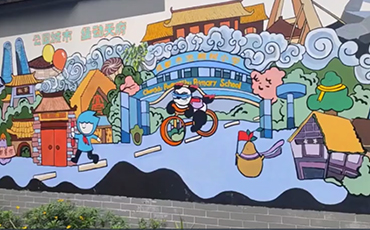China unveils Shenzhou-12 astronauts for space station construction
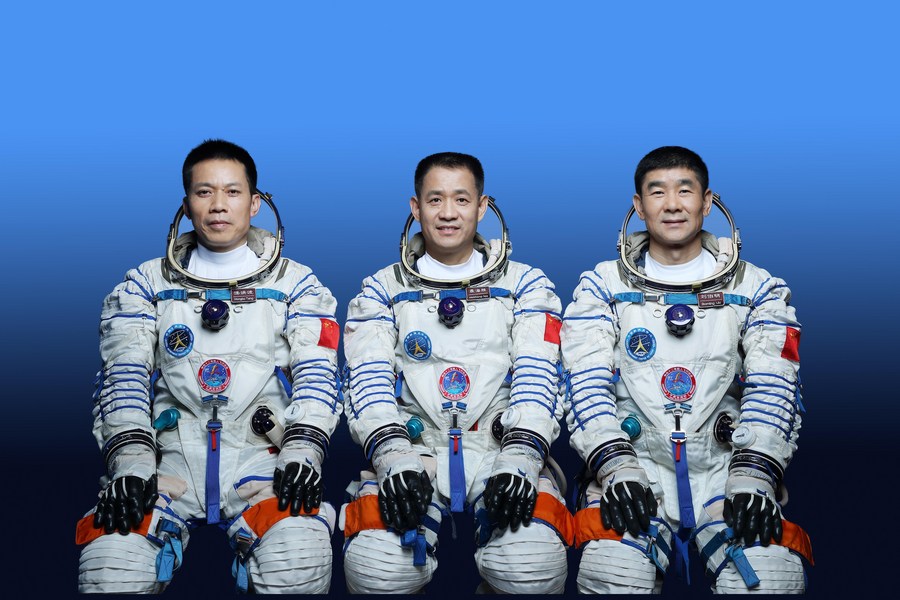
This undated photo shows Chinese astronauts Nie Haisheng (C), Liu Boming (R) and Tang Hongbo who will carry out the Shenzhou-12 manned spaceflight mission. (Xinhua/Xu Bu)
JIUQUAN, June 16 (Xinhua) -- Chinese astronauts Nie Haisheng, Liu Boming and Tang Hongbo will carry out the Shenzhou-12 manned spaceflight mission, and Nie will be the commander, the China Manned Space Agency (CMSA) announced on Wednesday.
This will be the first manned mission during the construction of China's space station, and the crew will stay in orbit for three months, Ji Qiming, assistant to the director of the CMSA, told a press conference held at the Jiuquan Satellite Launch Center, where the Shenzhou-12 spaceship will be launched on Thursday morning.
Nie, the most experienced among the three, was in the Shenzhou-6 mission in 2005 and the Shenzhou-10 mission in 2013.
It will be Liu's second spaceflight, as he once participated in the Shenzhou-7 mission in 2008, which featured a landmark spacewalk.
Tang will be a newcomer to space. He became a member of the second batch of Chinese astronauts in 2010.
Zhai Zhigang, Wang Yaping and Ye Guangfu will be the backup crew, Ji said.
The Shenzhou-12 spaceship will conduct a fast autonomous rendezvous and docking with the space station core module Tianhe and form a complex with Tianhe and the cargo craft Tianzhou-2.
China launched Tianhe on April 29 and Tianzhou-2 on May 29. The two completed a computer-orchestrated rendezvous and docking on May 30, waiting for the first crewed mission to unpack the cargo.
TOUGHER TASKS
The Shenzhou-12 astronauts are expected to set a new record for China's manned space mission duration and their work is also more complicated and challenging than previous crewed missions, said CMSA director Hao Chun.
According to Ji, in the Shenzhou-12 mission, the crew will complete four major tasks in orbit.
First, they will operate and manage the complex, including the in-orbit test of the Tianhe module, validation of the recycling and life support system, testing and operation training of the robotic arm, as well as management of materials and waste.
Second, they will move, assemble and test extravehicular spacesuits and perform two extravehicular activities for work including assembling an extravehicular toolbox, lifting the panoramic camera and installing extended pump sets.
Third, they will carry out space science experiments and technology experiments, as well as public outreach activities.
Fourth, they will manage their own health through daily life care, physical exercise, and regular monitoring and assessment of their own health status.
The astronauts have all carried out solid ground training and mission preparation under comprehensive training programs and plans, Ji said.
COLORFUL SPACE LIFE
The Tianhe module will provide the astronauts three times as much space as what was available in the Tiangong-2 space lab, with three independent bedrooms and one bathroom.
Meanwhile, the astronauts can choose from more than 120 kinds of space food that not only taste good but provide balanced nutrition with a long shelf-life.
The dining area is equipped with food heating device, refrigerator, water dispenser and folding table. In the exercise area, the treadmill and spin bike provide them exercise to maintain physical health.
The two-way video communication and e-mails between the station and ground control will be realized through the space communication link and video communication equipment.
Compared with previous crewed missions, the core module of the space station is, for the first time, equipped with a life support system, including subsystems for electrolytic oxygen generation, condensate water collection and treatment, urine treatment, carbon dioxide removal, and the removal of trace amounts of harmful gas to ensure the long-term in-orbit stay of astronauts, Ji said.



